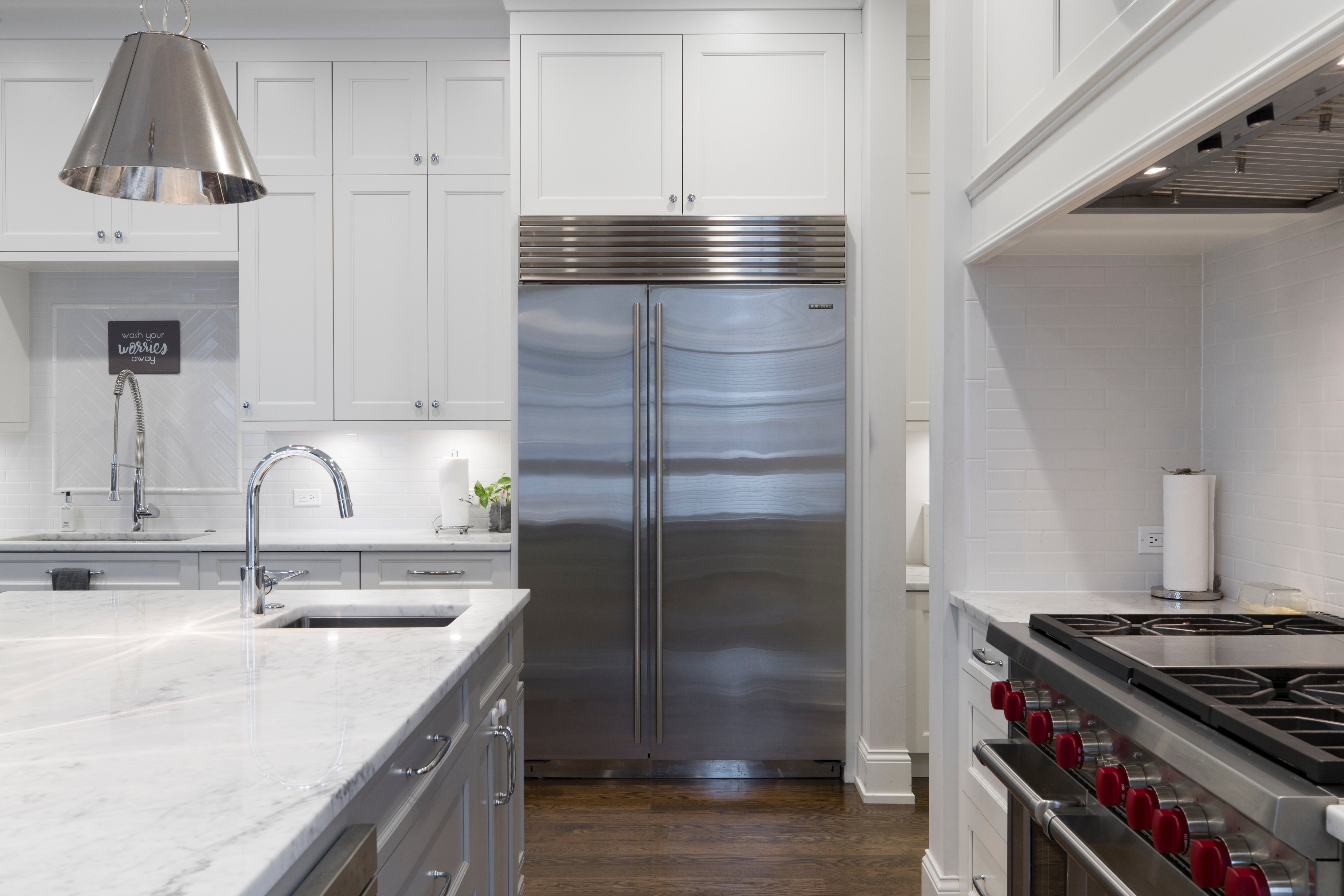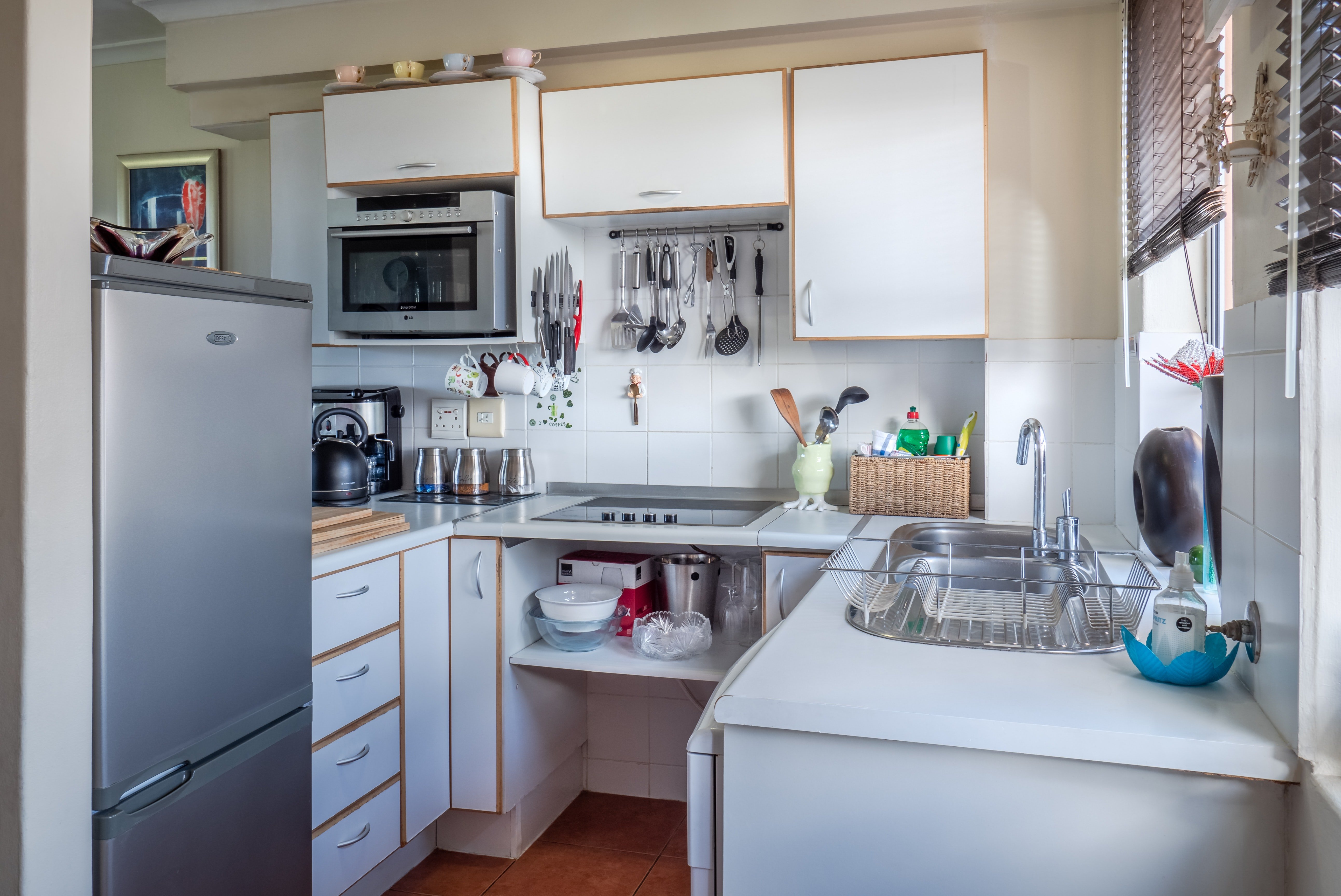
Refrigeration Cycle: The basic principle of all modern refrigeration methods is heat exchange or evaporation. Heat exchanges take place between solids and liquids when temperature difference exists between them. Thermodynamic heat pumps, also called closed-cycle refrigeration cycles or closed-cycle systems are the mathematical and conceptual models for refrigeration, air-conditioning and heating systems. A heat pump is an external mechanical device that enables for the transportation of heat from a lower region to a higher region at a lower temperature.
This process creates a low pressure area where cold air can rise to while hot air is pushed down. In the outdoor air conditioner, this process occurs at the expansion device's intake manifold. A fan in the intake manifold draws hot air outside the compressor while cold air enters the compressor in the form of exhaust gas. The expansion device allows for continual cycle of expansion and cooling, which is essential for indoor refrigeration cycle.
In the case of the outdoor air conditioner, a fan draws the warm air outside while the cold air enters the indoor refrigeration cycle inside the house. It is very difficult to maintain an outdoor air conditioner with the coldest outside air coming in one place and the hottest coming in another place since the refrigerant is condensed. It would be extremely difficult to push cool air into the house.
To manage this condition, a HVAC technician should introduce a secondary refrigeration cycle by using the water-oil-air mixture. This system works by allowing the oil to absorb the water vapor before it is sent through the heat exchanger and evaporator to the condenser where it is condensing again. Once the condenser evaporates, the cold water is collected in the submersible pipes leading to the compressor. The compressed water is then released to the outdoor chillers and to the indoor spaces. To learn more information about refrigeration cycle visit this link: https://www.hvacknowitall.com/blogs/blog/595767-the-refrigeration-cycle-explained.
For the air conditioner, this process is called phase conversion or thermal ventilation. In the HVAC, the cold liquid is allowed to enter and then the heated liquid passes through a second pressure regulator, resulting in different pressures resulting from the different temperatures of the heated liquids. The cool liquid then enters the condensing region. This continues until the pressure is equalized between the cold and the heated liquids. Once the pressure is equalized, the liquids are returned to their normal places and the cycle is repeated. If you want to know more about this topic, then click here: https://en.wikipedia.org/wiki/Refrigeration#Methods_of_refrigeration.
This process of condensation cooling is also used to store heat from the hot water tanks. Cold liquid takes all the heat from the water and expands it until the air in the tank reaches a freezing point. Once the temperature reaches its freezing point, the heating system kicks in. This condensation cooling process of refrigeration cycle is also used to retain heat in hot water tanks and to reduce the amount of heating that takes place in rooms with tall windows or in heating systems installed in buildings.


